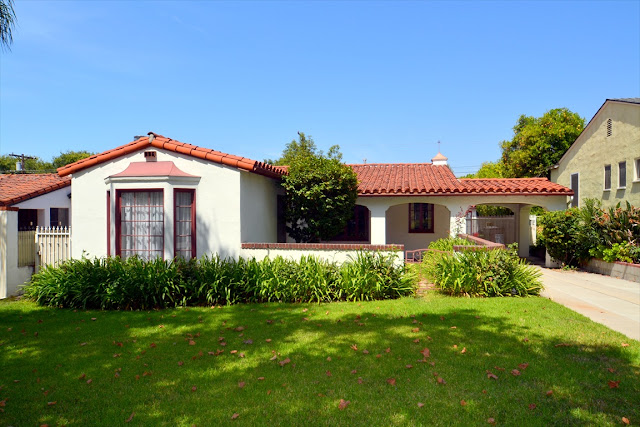Climate control Strategies in traditional built form - Lucknow Context (Page 2)
Climate of Lucknow:
Lucknow falls within the composite climate category, having four main Seasons, the summer, which is hot and fairly dry, the monsoon, which is less hot but humid, a period of moderate temperatures and humidity, and a slightly cold winter period. The climatic data of last 20 years published by the central building
Research Institute, Roorkee, is summarised below:
Air temperature: The monthly mean maximum temperature during the hottest month (May) is 41.2°C and the monthly mean minimum temperature during the Coldest month (January) of the year is 8.9°C.
Relative humidity: The relative humidity during Summer Can be less than 25% and during the most humid months the relative humidity is in the range of 78% to 82%, whereas the air temperature is in the range of 32.5°C to 34°C.
Rainfall: The rainfall starts with the arrival of the monsoon in the middle of June. The regular rainy season continues up to the middle of september. The total annual rainfall is 940 mm.
Solar radiation and sunshine: The sky is mostly clear throughout the year. The average solar radiation on a horizontal Surface in June is 20.2 MJ/sq m day. Lucknow experiences 8 to 10 hours of Sunshine for eight months from October to June and 5 to 6 hours during the remaining three months. The sky remains normally overcast during the rainy season.
Wind speed: The wind speed is in the range of 3.4 to 5 km/hour from May to September. The predominant wind direction is east.
The form of Lucknow:
The city of Lucknow is situated in the plains of Northern India, on the banks of river Gomti. It is the capital of Uttar Pradesh, the most populous state of India. The City is famous for its rich Nawabs Culture, traditions and their richly carved buildings. The Nawabs of Lucknow not only built fine structures in traditional styles and experimented in European ones, but also created a novel hybrid style, which was an amalgamation of both Indian and European elements. Town layout and street pattern. In the absence of technological influence of electricity, mechanised transport and modern Construction techniques, the builders of the Medieval Indian town of Lucknow have done a remarkable job of Creating an urban environment that is in tune with nature and providing for more than just the basic needs of the inhabitants.
(Continues...)




Comments
Post a Comment